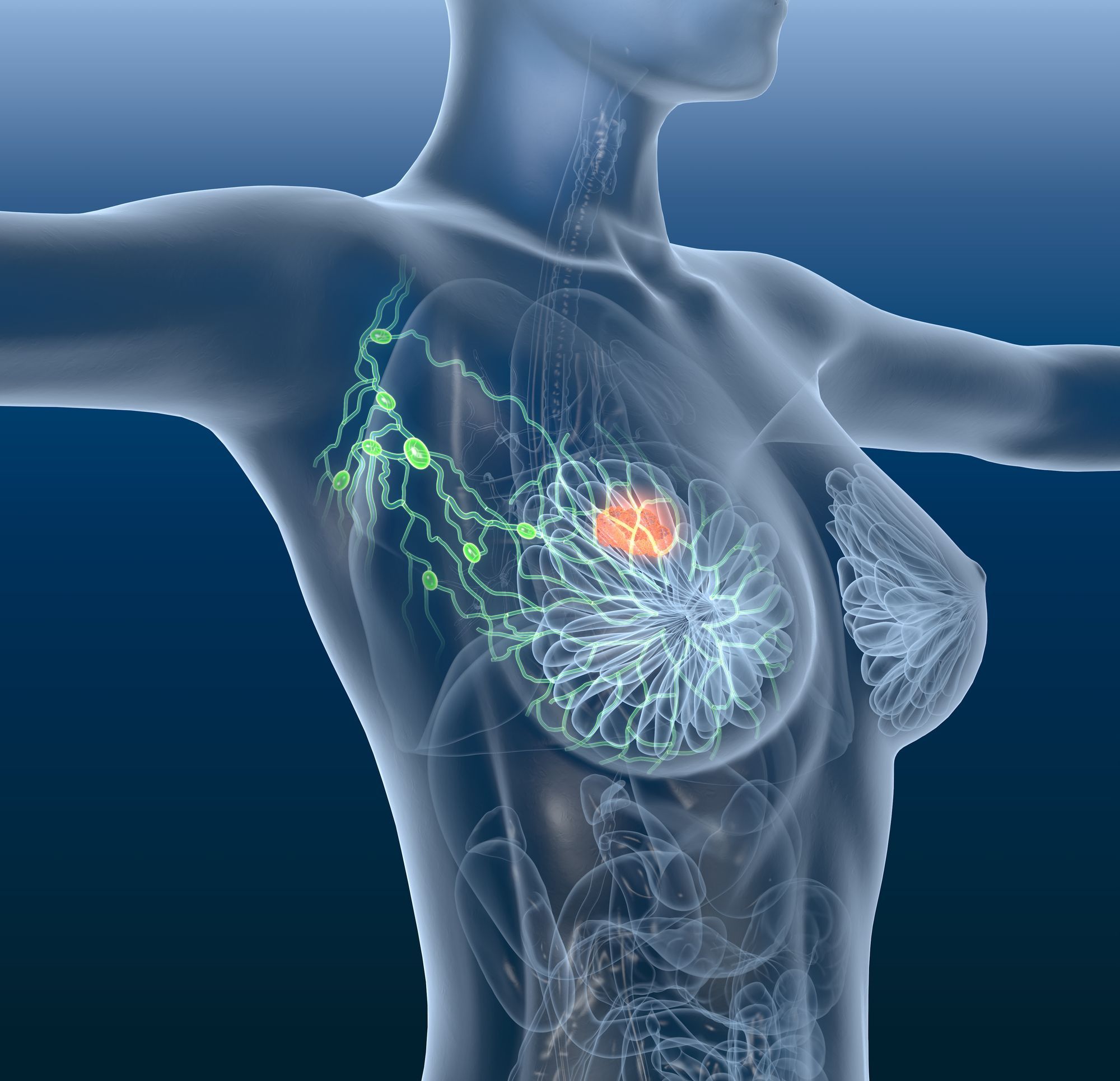- Center on Health Equity & Access
- Clinical
- Health Care Cost
- Health Care Delivery
- Insurance
- Policy
- Technology
- Value-Based Care
Diet and Exercise Intervention Associated With Better pCR in TNBC or HR+, HER2– BC
Despite seeming to elicit more pathological complete responses (pCRs) in patients with hormone receptor–positive (HR+), HER2-negative triple-negative breast cancer (BC) receiving neoadjuvant chemotherapy, diet and exercise did not affect relative dose intensity.
The article was original published by CancerNetwork®. This version has been lightly edited.
Breast cancer | Image credit: Axel Kock – stock.adobe.com

Numerous patients with newly diagnosed breast cancer showed interest in a diet and exercise–based intervention in conjunction with chemotherapy, which resulted in better diet quality, physical activity, and pathological complete response (pCR) but not relative dose intensity (RDI), according to data from the Lifestyle, Exercise, and Nutrition Early After Diagnosis (LEANer) study (NCT03314688).1,2
Investigators reported that patients in the intervention cohort experienced notable improvements in exercise and diet quality compared with the usual care cohort (P < .05). Additionally, the mean (SD) RDI in each respective arm was 92.9% (12.1%) vs 93.6% (11.1%) (P = .69). Also, 81% of patients in the intervention arm and 85% in the usual care arm reached an RDI of 85% or more.
In a population of 72 patients who were treated with neoadjuvant chemotherapy, the pCR rate was 53% in the intervention arm compared with 28% in the usual care arm (P = .037). Of note, these findings were exclusive to patients in the hormone receptor (HR)–positive, HER2-negative or triple-negative disease subgroups.
Investigators of the randomized LEANer study assessed the effectiveness of a nutrition and exercise intervention compared with usual care on RDI and pCR. The trial included patients with newly diagnosed stage I to III breast cancer who were undergoing treatment with chemotherapy. Eligible patients needed to be able to walk, undergo fewer than 150 minutes of moderate- to vigorous-intensity physical activity weekly, and eat fewer than 7 fruits or vegetables daily.
Ineligibility criteria included being on a second chemotherapy cycle; becoming pregnant; having a stroke or myocardial infarction within the last year, dementia, or a major psychiatric disease; or participating in a weight loss program.
The investigators recruited patients from February 2018 to July 2021 who were randomly assigned to either the intervention or usual care arms after filling out baseline questionnaires. Stratification factors included HER2 status, HR status, and number of chemotherapy cycles.
The self-reported questionnaires included inquiries of patients’ demographics and medical history at baseline and following treatment with chemotherapy. Electronic medical records provided information on disease state, surgery, chemotherapy, and weight and height during treatment with the first and final chemotherapy cycles. Patients also filled out self-reported food frequency and 9-symptom Patient-Reported Outcomes-Common Terminology Criteria for Adverse Events questionnaires.
Diet quality was measured using the Healthy Eating Index-2015, while physical activity adherence was defined as 150 minutes or more of moderate- to vigorous-intensity physical activity once a week or 75 minutes of vigorous-intensity physical activity weekly plus twice weekly resistance training. Moreover, diet recommendations included eating 5 or more fruits and/or vegetable servings daily, 25 g of fiber or more daily, fewer than 30 g of added sugars, 18 oz or fewer of red meat, 1 or fewer alcoholic drinks daily, and limiting intake of processed foods.
Both diet and nutrition counseling were conducted via in-person, telephone, or video meetings.
In a population of 425 patients who were screened via telephone, 173 were included in the study. The mean patient age was 53 (11) years, and the mean body mass index was 29.7 (6.7) kg/m2. Seventy-one percent of patients were non-Hispanic White, 14% were Black, and 8% were Hispanic. Most patients had stage I disease (51%). Moreover, patients included in the study were receiving neoadjuvant (42%) and adjuvant chemotherapy (58%).
Common chemotherapy regimens included docetaxel and cyclophosphamide every 3 weeks for 4 cycles, dose-dense doxorubicin and cyclophosphamide plus dose-dense paclitaxel every 2 weeks, and dose-dense doxorubicin and cyclophosphamide plus paclitaxel weekly for 12 weeks.
Patients were treated with chemotherapy for an average of 3.3 (1.2) months. Within the intervention arm, a mean of 8 (3) counseling sessions were offered; 91% of patients attended. Those in the intervention arm reported increasing their exercise to 143.4 (119.5) minutes per week compared with 47.7 (99.6) minutes per week in the usual care arm (P < .001). Moreover, more patients in the intervention arm reported doing strength training than the usual care arm (70% vs 7%; P < .0001).
Additionally, investigators reported that patients in the intervention arm increased their intake of fruits, vegetables, and fiber in their diets while undergoing chemotherapy compared with adverse changes in the usual care cohort (P < .01).
References
1. Sanft T, Harrigan M, McGowan C, et al. Randomized trial of exercise and nutrition on chemotherapy completion and pathologic complete response in women with breast cancer: the lifestyle, exercise, and nutrition early after diagnosis study. J Clin Oncol. Published online September 1, 2023. doi:10.1200/JCO.23.00871
2. Lifestyle, Exercise, and Nutrition Study Early After Diagnosis. NCT03314688. Updated August 29, 2023. Accessed September 6, 2023. https://clinicaltrials.gov/study/NCT03314688
